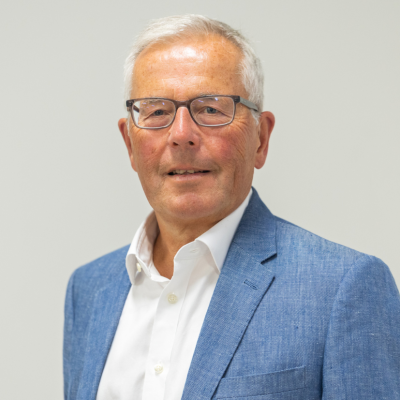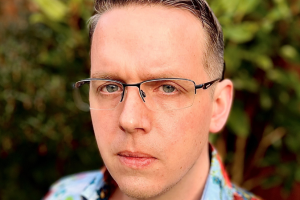Stephen Burke, Director of United for All Ages—a national intergenerational charity and think tank—argues that blaming older people for rising care costs is both unfair and divisive. Instead, he advocates for intergenerational approaches that bring younger and older people together to build stronger communities and create more compassionate, sustainable care for all.
Never forget – at some point in our lives we will all be caregivers or need care ourselves. It’s one of those ties that binds humanity and connects us all. So rather than promoting division between generations about who should pay for better care, let’s focus on how people of all ages can mix and improve care together.
That’s also what the winners of the first two intergenerational Dementia Awards organised by Care Talk have demonstrated. Adopt a Grandparent and Brighter Together both bring older people with dementia together with children and young people, albeit in different ways, for mutual benefit.
Since the pandemic ended and care homes opened up, we have seen a huge growth in intergenerational care. More and more nurseries, schools, colleges and universities are linking with care homes and other care providers in their local communities.
The benefits of engaging young people at an early age are manifold. It helps raise awareness of life in care homes, what it’s like to be old and disabled, and to work as a carer. It can help tackle ageism by increasing understanding of being old or young; it can reduce loneliness faced by old and young alike as well as sharing common interests, activities and experiences. Both young and older people have time to spend and chat with each other, often a very precious commodity in care homes.
Building links between care and education through visits, volunteering, work experience and so on is also key to attracting young people into the wide variety of jobs and careers in care. The Who Cares Wins initiative led by Championing Social Care is encouraging these links across the country as well as through a national conference on 3 March, and more generally through Care Home Open Week.
Young people are of course the future of care. That may sound trite but it’s true and we bury our heads in the sand if we ignore this. The care workforce is ageing, with many care workers expected to retire in the next decade, while the need for care continues to increase. The workforce will have to grow by at least an additional half a million people to meet this rising demand.
Young people’s experiences of care will also help drive change. They will have different expectations than their great-grandparents, grandparents or parents. Technology will be part and parcel of their lives. Young people will demand better care and fairer care – and will use technology to expose poor care. So we have to do things differently.
But care will still be very much a people business, based around relationships. Intergenerational care is one of the cornerstones of the wider move towards relational care. Relationships are central to all our lives and well-being, across the course of our lives. That doesn’t change if we need care in old age. But relationships need to be maintained, nourished and looked after.
Some of the best examples are in collocated care where nurseries are based on the same site as care homes – involving not just the youngest and oldest but also parents of children, relatives of residents, care and childcare staff, and of course the local community. We will see many more examples of intergenerational care emerge in the coming decades.
As Judith Ish-Horowicz from Apples & Honey Nightingale says in our recent report, Hope for all ages: “Without the wisdom of experience, nurturing of relationships, the security and confidence of belonging, the future of humanity is bleak. My vision of 2050 is one where every care organisation is connected to an educational setting whether it be co-located daycare or neighbouring school. Our future is in the custody of the children of today. Living and learning together with all generations from birth to death is the most effective remedy for healing a fractured society.”







